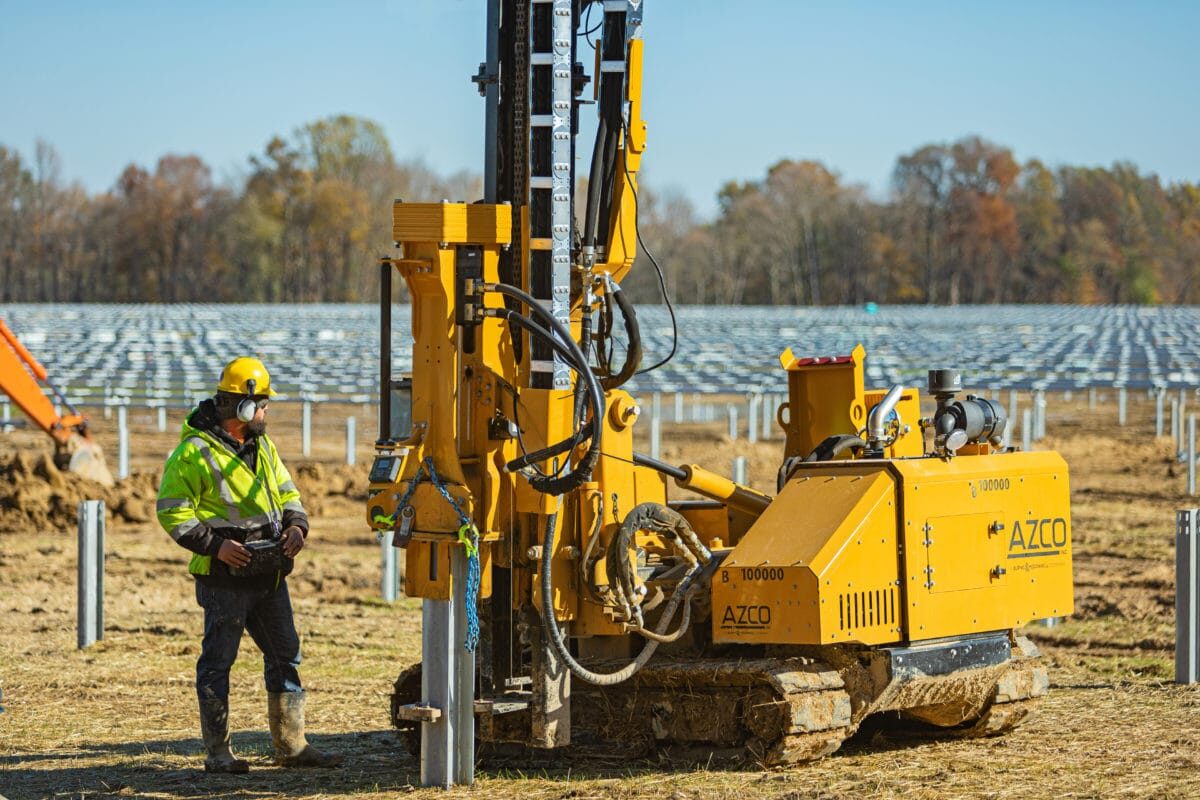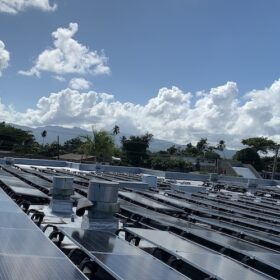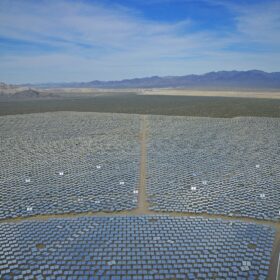In the second part of our interview, Barry Cinnamon of Cinnamon Energy Systems details the transition to energy storage, profiles Silicon Valley’s early solar adopters, and notes the challenges of getting to 200-amp residential service. (He discussed the challenges of installing residential solar in Silicon Valley in part one.)
pv magazine: Tell us about transitioning an existing PV system to PV-plus-storage. It’s not a minor operation, right?
Barry Cinnamon: There are two kind of systems — there’s an AC-coupled system where you leave the PV and you use the PV output to rectify and charge up the battery. The AC-coupled systems are simpler to install to a certain degree, but they’re not as efficient and they’re not as elegant, and you have two different companies providing monitoring services — therefore whatever hair left on your head is gone.
So — we’re only doing DC-coupled systems, in which case, the inverter we’re happy using is SolarEdge. We’ll have to replace the existing inverter; the modules are okay; and generally we’re adding optimizers to the modules, sometimes one optimizer for two modules on older systems — so we save a little bit of money there.
The Enphase microinverters have been really reliable for my customers, but customers want battery backup that works. And right now, from what I can see in the market, the battery-backups that are popular and that are able to get the SGIP rebates — it’s basically Tesla and SolarEdge. It works, and that’s what customers want.
If the customer is using microinverters, right now, the best solution is to take off the microinverters and put in optimizers, which we’re doing. I’m doing one right now, and the customer ends up with a SolarEdge inverter and SolarEdge optimizers, and everything’s fine.
Maybe that will change next year when Enphase releases its battery system.
(Cinnamon noted in another forum: “SolarEdge and Enphase were smart and stayed ahead of two important trends. First, an effective rapid shutdown solution that doesn’t take a lot of extra wiring and components. Second, good software and apps for both customers and installers.”)
pv magazine: Any other obstacles to getting storage installed?
Barry Cinnamon: There’s a big problem with storage and the whole concept of electrification — unless your house has a 200 amp service panel, you really can’t do much. And the utilities make it really expensive to get to 200 amps.
You need 200 amps because you’ve got an EV, you want to put in a big PV system, heat pump, hot water heater, HVAC system, and a battery.
If it’s underground service — I’ve seen quotes of $15,000 or $20,000 for a single residence upgrading from 125 amps to 200 amps.
It has to be coordinated through PG&E, through the electrician, through the local jurisdiction and everybody has to be on the same page when there’s digging involved. (Silicon Valley Clean Energy and San Jose Clean Energy have incentives. They’ll give you a $2,5000 rebate to offset those costs.)
But what’s really needed, what you really need is the city to say, “We can do 10 people on the street.” And then the cost is going to go from $15,000 down to $7,000. And that would make a lot of sense.
If we can’t put in bigger systems, it frustrates electrification efforts. And that’s something that the PUC and the CEC might try to address.
pv magazine: What else can you tell us about your solar and battery customers in Silicon Valley?
Barry Cinnamon: In 2001 when I started selling solar, I took a step back and asked, “Who is my typical customer?” And my customer profile was middle-aged men with a beard and sandals. They tended to wear shorts.
This happened again and again — these were the early adopters that we were selling systems to in 2001 and 2002. And now the battery guys are the same way. My first two battery customers, I could’ve just moved their face and their body on to 2001 and it was the same.
We’re on famous persons’ roofs kind of all the time. And there are lots of old famous customers that we’re going back to talk to about batteries. These are the early adopters. They’re techies, they have a lot of money, and their power goes out. So, we’re in a really good place for battery storage.
This content is protected by copyright and may not be reused. If you want to cooperate with us and would like to reuse some of our content, please contact: editors@pv-magazine.com.







“pv magazine: Tell us about transitioning an existing PV system to PV-plus-storage. It’s not a minor operation, right?
Barry Cinnamon: There are two kind of systems — there’s an AC-coupled system where you leave the PV and you use the PV output to rectify and charge up the battery. The AC-coupled systems are simpler to install to a certain degree, but they’re not as efficient and they’re not as elegant, and you have two different companies providing monitoring services — therefore whatever hair left on your head is gone.”
Barry Cinnamon: In your estimation are we going towards what is now called commercial solar PV and energy storage systems using 480VAC that could be stepped down with a 480 to 240 transformer? I ran across some numbers the other day in which some adopter mentioned a TESLA power pack was a 100kW/200kWh energy storage system for about $73K. So, one could buy an Escalade or a commercial solar PV and energy storage system. Why is it the ROI on that Escalade is NEVER mentioned, but the ROI on a solar PV system and energy storage has to be carefully examined? In just a few years one could be looking at a commercial ESS with $100/kWh batteries in the 250kWh range and say a 25KW inverter that could power most of the house, most of the time. A price tag of around $43K and with solar PV, if one has the real estate, one can get a 45kWp system for about the same price installed. Now one is in the Porsche Cayenne S neighborhood and no one asks about the ROI of the Porsche, but asks tentatively about the large solar PV system and commercial energy storage for the same price. Isn’t institutionalization grand?